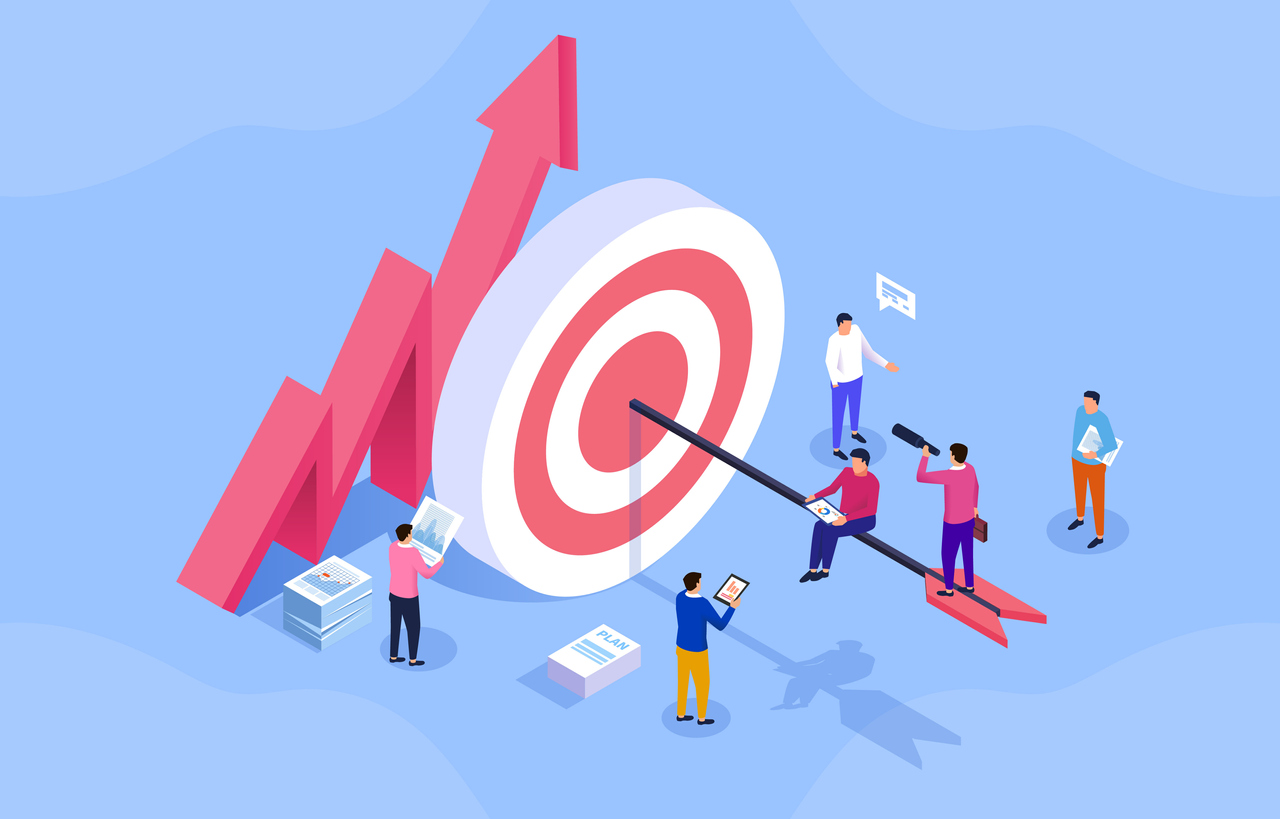It is paramount that a Quality Control laboratory has a calibration and preventative maintenance program for the laboratory instrumentation so that there is assurance that the instrumentation continues to be “fit for purpose” and that there is confidence in the accuracy and reliability of all analytical instruments. There should be a controlled, comprehensive list of the instrumentation within the laboratory, and the calibration/preventative maintenance requirements defined within an instrument-specific procedure. The instrument calibration procedure should link back to the qualification of the instrument and there should be an understanding of what functionality (and use range) of the instrument must be calibrated (which, in turn, is driven by the operation of the instrument). This is in alignment with USP <1058>.
For example, the FDA, in a recent August 12, 2019 update to “Questions and Answers on Current Good Manufacturing Practices—Laboratory,” stated, in reference to the autocalibration feature within an analytical balance, that it should not be used to the exclusion of an external, independent performance check of the balance, but that the auto-calibration feature may justify a less frequent check (compared to a balance without such a feature). However, as the output of the auto-calibrator is used to justify the continued suitability of the balance, the auto-calibrator itself must be periodically verified per a defined procedure.
If you have any questions in relation to a Laboratory Calibration/Preventative Maintenance program, please contact Paul Mason, Ph.D. at p.mason@staging.lachmanconsultants.flywheelsites.com.




